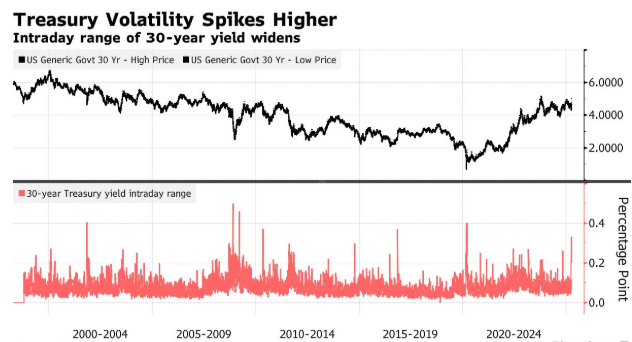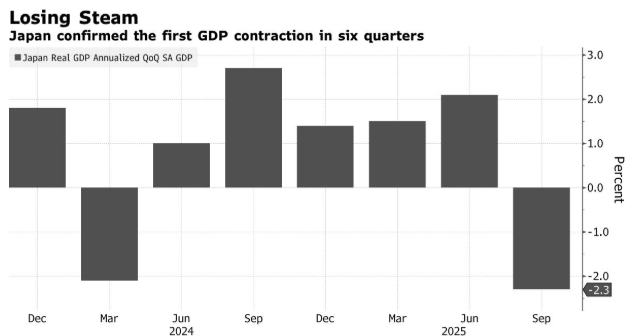U.S. Treasury bonds have long been hailed by Wall Street as rock-solid, zero-risk assets and have been investors’ top choice during times of panic. They have shown strong gains during the global financial crisis, the 9/11 attacks, and even when the U.S. credit rating was downgraded.
But now, with President Donald Trump launching a full-scale assault on global trade, its status as a safe haven for the world is increasingly being called into question.
In recent days, yields (especially those of long-term bonds) have soared while the US dollar has plunged. Even more disturbing is the pattern of the recent market movements. Investors often sell off 10-year and 30-year US Treasuries – causing prices to fall and yields to rise – while at the same time frantically dumping stocks, cryptocurrencies and other risky assets. The reverse is also true, with US Treasury prices rising in tandem.
In other words, their trading itself is somewhat like risky assets. Or, as former Treasury Secretary Lawrence Summers put it, like the debt of emerging market countries. Even if this dynamic eventually fades as stock market volatility normalizes (as most analysts expect), policymakers in Washington have received a message: investors’ confidence in US bonds is no longer a given – especially after years of borrowing sprees have swollen the debt burden and with the president in the White House intent on rewriting the rules at home and abroad and in the process angering many of the country’s largest creditor nations.
This has far-reaching implications for the global financial system. As a global “risk-free” asset, US Treasury bonds are used as a benchmark for pricing all assets, from stocks to sovereign bonds to mortgage rates, and also serve as collateral for trillions of dollars of loans every day.
The strength of US Treasuries and the dollar stems from “the world’s perception of the US’s fiscal and monetary management capabilities as well as the stability of its political and financial institutions,” said Jim Grant, founder of the widely followed financial newsletter Grant’s Interest Rate Observer. “Perhaps, the world is reconsidering.”

On Thursday, the stock market, bond market and the US dollar all fell, intensifying concerns over a large-scale withdrawal of foreign investors from US assets. The yield on 30-year US Treasuries soared by 13 basis points to 4.87%, while the dollar suffered its biggest decline against the euro and the Swiss franc in a decade. On Friday, the global stock market sell-off continued to spread.
ING interest rate strategist Padraic Garvey said: “The performance of US Treasuries is not a safe haven. If we fall into a recession, yields may fall. But the current situation is that US Treasuries are depicted as a contaminated product, which is not a comforting area. It has been proved that trading in US Treasuries is also a painful transaction.”
Not everyone believes that investors have lost confidence in the safety of US government debt.
Benson Durham, the global asset allocation chief at Piper Sandler and a former Federal Reserve economist, compared key indicators of the U.S. Treasury market with those of Europe and offered his own analysis. He said that some indicators suggest that recently, investors’ requirement for a premium on holding U.S. bonds over German and British bonds has decreased.
Others believe that there are more technical factors behind the recent sell-off in the long-term bond market. There are indications that hedge funds have been unwinding leveraged trades that profit from the spread between US Treasuries and interest rate swaps or futures contracts.
Some people also expressed that concerns over how much damage President Trump’s tariffs would cause to growth and inflation have triggered a large-scale cash outflow and prompted investors to liquidate even high-quality assets.
“People’s concerns about this kind of overall economic management are justified,” Durham said. But “I’m not sure at least for now whether this is an event specifically targeting US assets.”


